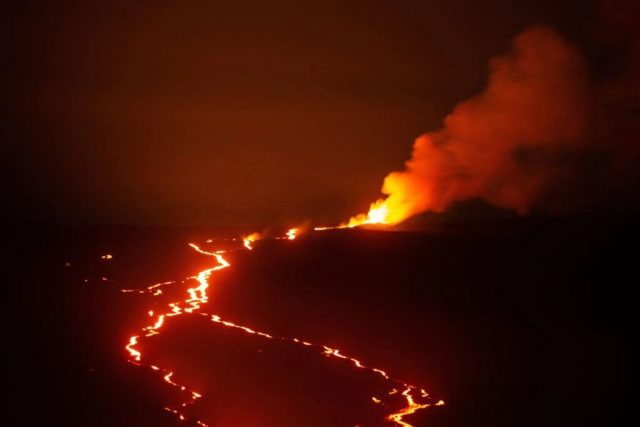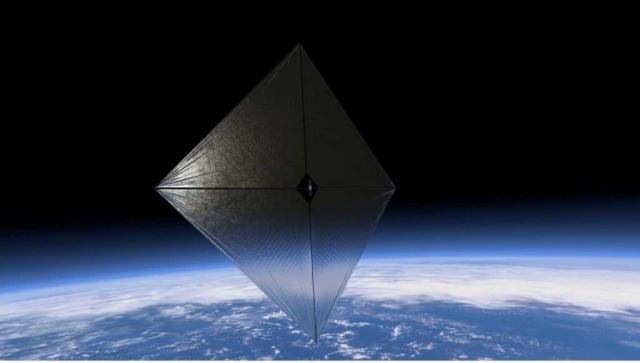Scientists are constantly looking for ways to cope with global warming, and one of the most ambitious projects is the construction of an "umbrella" that will cover our planet from the Sun. The idea seems unattainable, but Luxembourg scientists claim that it can be made easier if you build not one "umbrella", but several small ones.
The project of building a space "umbrella" that would darken our planet and slow down global warming, already at the development stage, throws an unprecedented challenge to the earth's economy. So, in order to build a structure with a mass of at least 550 thousand tons (for comparison: the weight of the ISS, the largest of the comic objects built by man, is slightly more than 400 tons), it will be necessary to make at least 400 rocket launches annually for ten years. Moreover, in 2022, all countries produced less than two hundred of them.
However, it is possible to facilitate the construction if you abandon the original idea of a solid, monolithic "umbrella", and instead launch a whole swarm of smaller "umbrellas". In addition, since the main limiter of construction is the mass of building materials (alas, at the current level of development of space technologies, the payload of spacecraft is only a few tons), scientists from the University of Luxembourg proposed using an ultralight material consisting of a thin film and nanotubes of silicon dioxide .
Such a structure will be transparent, but the light falling on it will be refracted and go away without reaching the Ground. Scientists propose to place a swarm of transparent "umbrellas" at the Lagrange point L1: in this case, it will maintain a stable position.
According to the researchers' calculations, to return the Earth's temperature to the pre-industrial level, it will take only two to four percent of sunlight to be scattered, and it will take up to 15 years to achieve the required level of technology.
Although the solar "umbrella" can indeed reverse global warming, there are strong arguments against such megaprojects that can affect the entire planet. Firstly, it is impossible to calculate everything, any modeling is imperfect: the slightest miscalculation or an unaccounted parameter - and instead of saving the planet from overheating, we will get a global drought.
Secondly, the main cause of global warming is not increased solar radiation at all, and humanity needs to find a way to reduce carbon emissions and fossil fuel consumption: that is, not to look for a crutch, but a cure for the disease.

Volcanic eruptions can also block sunlight, causing "years without summer", but this is only a temporary remedyImage Source: Lindsey Wasson
A lot of questions are also raised by the environmental consequences of the darkening of the Sun. Even if the umbrella stops global warming, won't the Earth's population be on the verge of a new food catastrophe when the amount of heat and light available to plants decreases? All these issues need to be resolved before starting construction, because the future of the planet is at stake.
The study is published in the journal Acta Astronautica.

